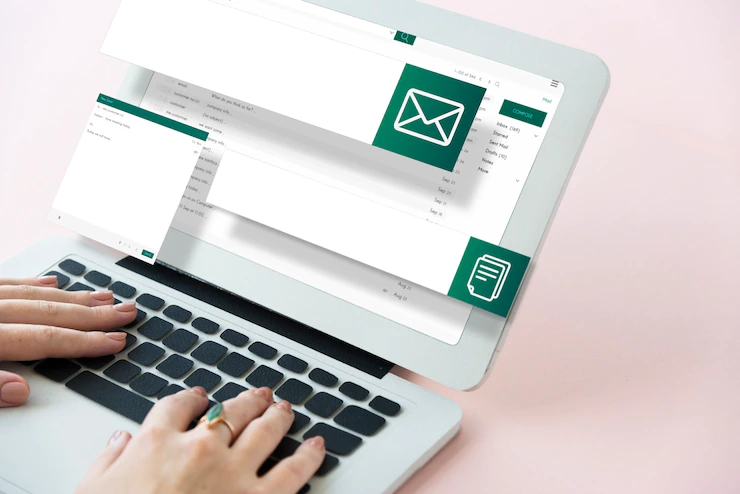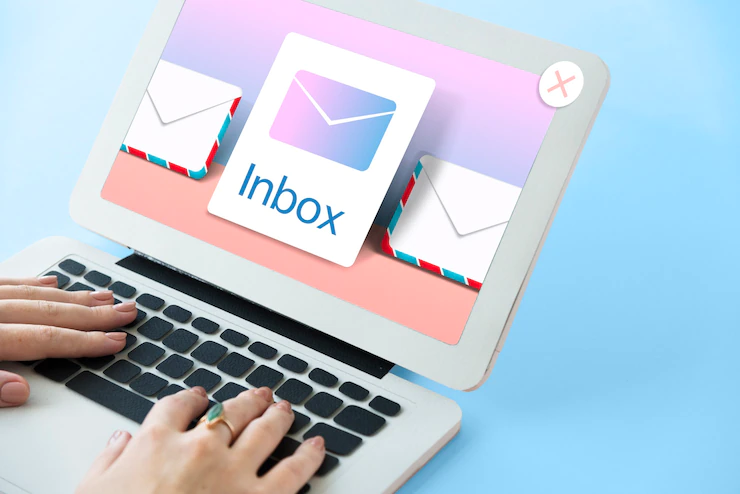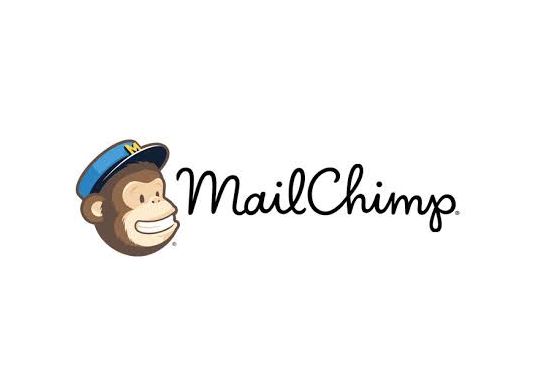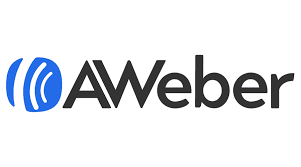Email Marketing
Email marketing is a digital marketing strategy that involves sending commercial messages or information to a group of people via email.
It is an essential part of the broader field of online marketing and is widely used by businesses and organizations to communicate with their target audience, customers, and prospects.

Our Services
Building an Email List
Email Campaigns
Personalization
Automation
Segmentation
A/B Testing
Compliance and Opt-Out
Email Marketing can be a powerful tool for businesses to connect with their audience, nurture leads, and drive revenue. However, it’s essential to follow best practices and respect your subscribers’ preferences to maintain a positive reputation and achieve success with your email marketing efforts.
To conduct email marketing, you need a list of email addresses belonging to individuals who have consented to receive your messages. This can be achieved through various means, such as website sign-up forms, lead magnets, social media campaigns, or in-store sign-ups.
Email campaigns are series of emails sent to your subscribers with a specific goal, such as promoting a product or service, sharing valuable content, announcing events, or engaging with your audience. The content and design of the emails can vary depending on the campaign’s objectives.
Personalization is a crucial element in email marketing. Addressing recipients by their names and tailoring the content based on their preferences and behavior can significantly improve the engagement and effectiveness of your emails.
Email automation allows marketers to set up automated email sequences based on triggers or actions taken by subscribers. This could include welcome emails, abandoned cart reminders, birthday greetings, and more.
Segmenting your email list involves dividing it into smaller groups based on certain criteria such as demographics, purchase behavior, engagement level, or interests. Segmentation enables targeted and relevant messaging, resulting in higher open rates and conversion rates.
A/B testing, or split testing, involves sending two or more variations of an email to different segments of your audience to determine which version performs better in terms of open rates, click-through rates, or conversions.
Adhering to email marketing regulations, such as the CAN-SPAM Act (in the United States) or GDPR (in the European Union), is crucial. Your emails should always include a clear option for recipients to unsubscribe from your email list.
Email Marketing Approach
Developing a successful email marketing approach requires careful planning, thoughtful execution, and continuous optimization.


Email Marketing Services


Why DigitasPro
“Choose us to amplify your online presence. Our data-driven strategies and innovative approach ensure measurable results that fuel your brand’s success in the digital realm.”
So, Why Choose Us?
“Human-Centered Strategies, Digital Excellence.”
“Agility Redefined: Navigating Digital Possibilities.”
“Expertise and Experience Unleashed in Every Campaign.”
“Fueling Growth Through Creative Digital Strategies.”
“Driving Success Through Measurable Impact.”
Technology Partners





Portfolio
Our Portfolio Showcases Our Diverse Range Of Innovative Solutions And Successful Collaborations. With A Team Of Talented Professionals. We Specialize In Providing Cutting-Edge Creatives Services Tailoring To Meet Our Clients’ Unique Needs.

Frequently Asked Questions
The best time to send marketing emails can vary based on your target audience and industry. Generally, studies suggest that Tuesday, Wednesday, and Thursday mornings tend to have higher open rates. However, it’s essential to conduct A/B tests and analyze your audience’s behavior to determine the optimal sending times for your specific email campaigns.
The frequency of sending marketing emails depends on your audience’s preferences and the nature of your business. Some businesses find success with a weekly or bi-weekly schedule, while others might opt for a monthly newsletter. Avoid excessive emailing, as it may lead to increased unsubscribes or reduced engagement.
To avoid being marked as spam, follow these best practices:
- Use permission-based marketing and only send emails to subscribers who have opted in.
- Include a clear and prominent unsubscribe link.
- Avoid using spammy language, excessive capitalization, or misleading subject lines.
- Keep your email list clean and remove inactive or unengaged subscribers regularly.
- Authenticate your emails using SPF, DKIM, and DMARC to enhance deliverability.
To increase email open rates, consider these tactics:
- Craft compelling subject lines that pique recipients’ interest.
- Personalize emails based on subscriber data.
- Send emails from a recognizable and trustworthy sender name.
- Segment your email list and send targeted content to specific groups.
- Optimize your preview text to provide additional context for the email’s content.
To improve email CTR, focus on the following strategies:
- Create clear and prominent calls-to-action (CTAs) that drive recipients to take the desired action.
- Ensure that your email content aligns with the CTA and offers value to the reader.
- Use eye-catching visuals, such as buttons or images, to attract attention to the CTA.
- A/B test different CTAs and content to identify what resonates best with your audience.
Measure the success of your email campaigns by tracking key performance indicators (KPIs) such as:
- Open rate: The percentage of recipients who opened your email.
- Click-through rate (CTR): The percentage of recipients who clicked on a link or CTA in your email.
- Conversion rate: The percentage of recipients who completed the desired action (e.g., made a purchase).
- Bounce rate: The percentage of emails that were undeliverable.
- Unsubscribe rate: The percentage of recipients who opted out of your email list.
The choice between plain text and HTML emails depends on your brand and the type of content you want to deliver. Plain text emails can feel more personal and direct, while HTML emails allow for more visually appealing and interactive content. It’s a good practice to use a mix of both, depending on the purpose and context of each email.
"Email is the glue that binds everything together." - Michael Stelzner
This Could Just Be The Beginning
Let’s Build Something Together
If You Have A Digital Project In Mind,
We Would Be Happy To Have A Chat About
How We Can Make That Happen.
